We’ve Found a Crucial Difference in Human Brain Cells That Could Help Explain Our Unique Intelligence0
- From Around the Web, Science & Technology
- October 22, 2018
It’s not just size.
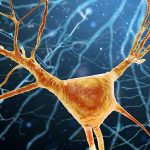
It’s not just size.
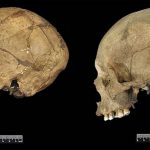
Neanderthals had bigger brains than people today.
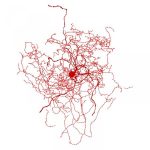
‘Rosehip’ neurons not found in rodents, may be involved in fine-level control between regions of the human brain

Newly-discovered genes that helped supersize human brains along with DNA retrieved from extinct humans, which can still be found in people living today, are expanding scientists’ understanding of how our species evolved. One of the major features that distinguish humans from other primates is the size of our brains, which underwent rapid evolution from about
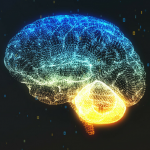
Scientists are growing Neanderthal brains in Petri dishes, which they plan to put inside robots.
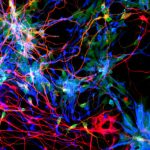
Three nearly identical genes could help explain how 0.5 liters of gray matter in early human ancestors became the 1.4-liter organ that has made our species so successful and distinctive.

The “crazy teenager” is one of the oldest social tropes around. But adolescents aren’t really crazy at all—in fact, they’re usually acting pretty rationally considering the biological earthquake raging inside their heads, prominent neuroscientist Dr. Frances Jensen explained during the 3rd annual Fortune Brainstorm Health conference in Laguna Niguel, CA.
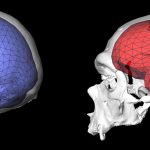
“The brain is an organ that is really important for what makes us human.”
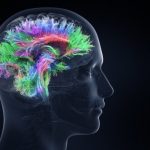
As far our brain is concerned, talking to ourselves in our heads may be fundamentally the same as speaking our thoughts out loud, new research shows. The findings may have important implications for understanding why people with mental illnesses such as schizophrenia hear voices.
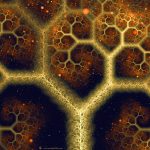
A paper recently published in the Journal of NeuroQuantology presents a unitary holofractogramic model that is redefining scientists’ view of the physics of consciousness and the seamless interplay of information dynamics from the most fundamental levels of the universe to the living system and the cosmos as a whole.